Humans news stories
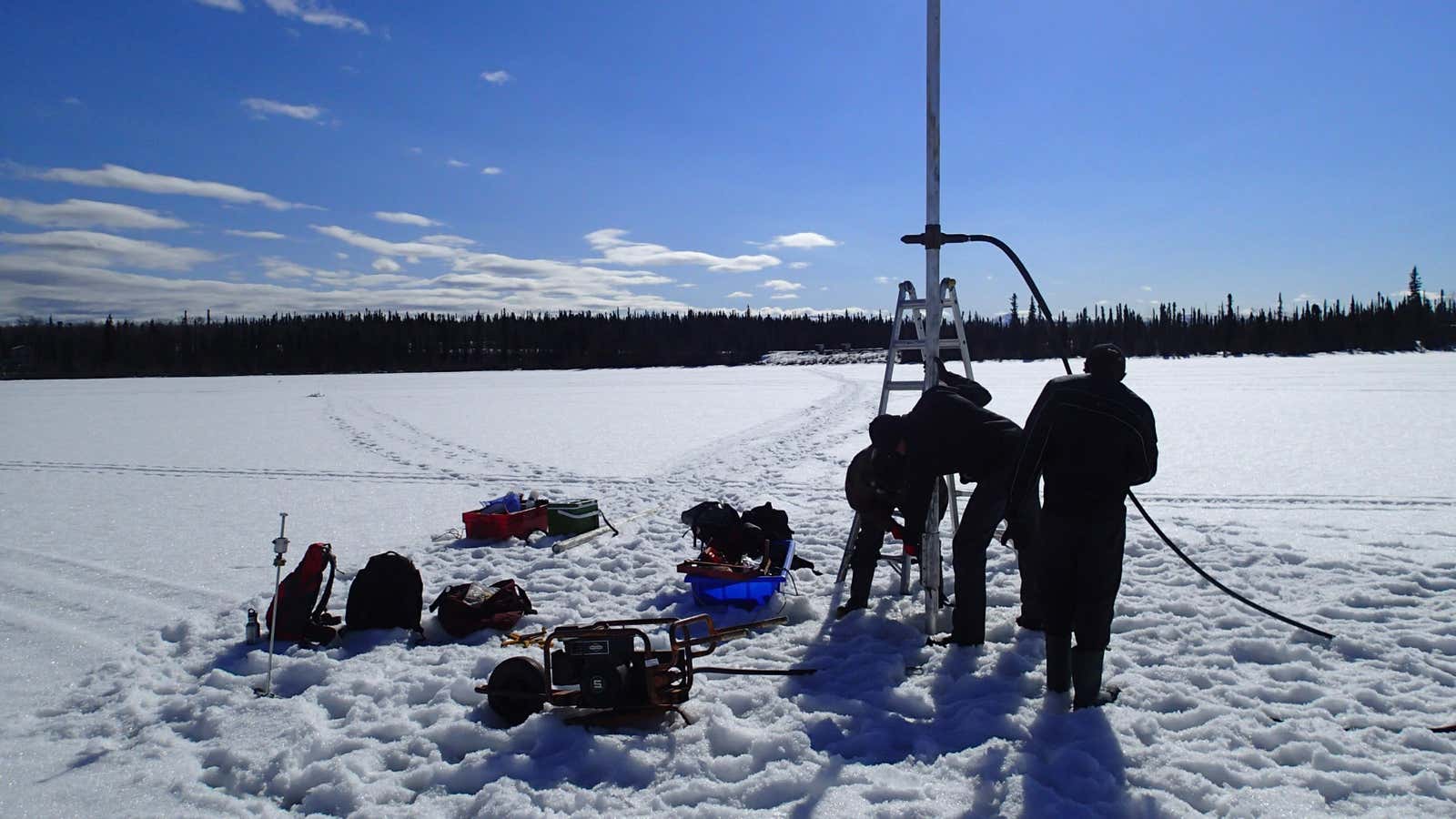
Soils kept in cold storage suggest that some of these now-extinct animals survived longer than previously thought…The ice-cold cores from Klondike were later found in a McMaster University freezer by Tyler Murchie, an archaeologist specializing in ancient DNA at the university, who began to reinvestigate them. Murchie and his team’s work was published today in Nature Communications.
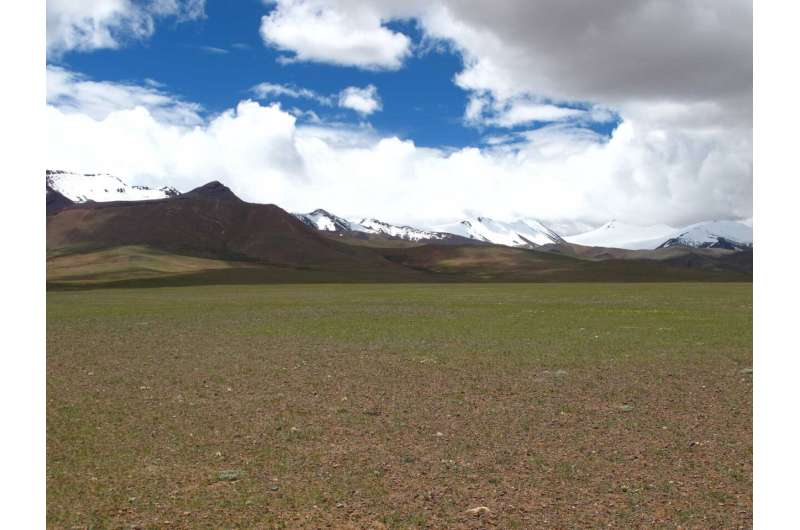
The Tibetan Plateau has long been considered one of the last places to be populated by people in their migration around the globe. A new paper by archeologists at the University of California, Davis, highlights that our extinct cousins, the Denisovans, reached the “roof of the world” about 160,000 years ago—120,000 years earlier than previous estimates for our species—and even contributed to our adaptation to high altitude.
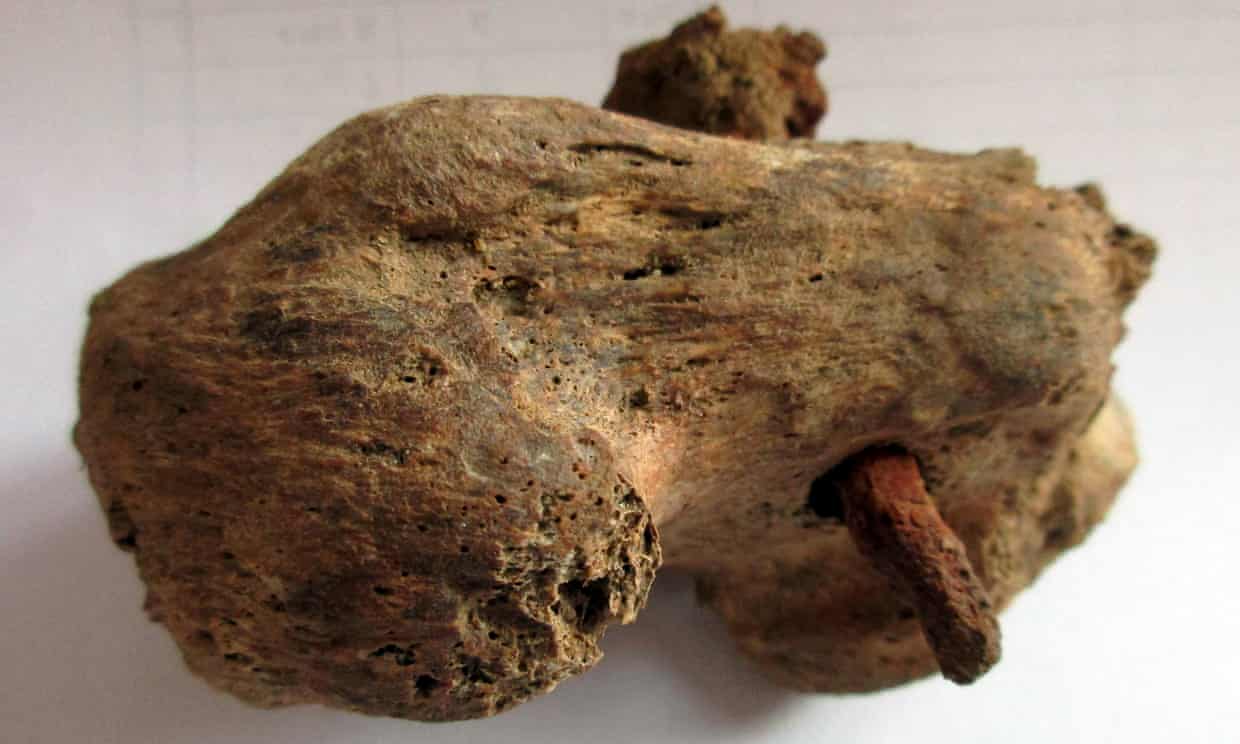
Near 1,900-year-old skeleton discovered with nail through heel bone during excavation in Fenstanton
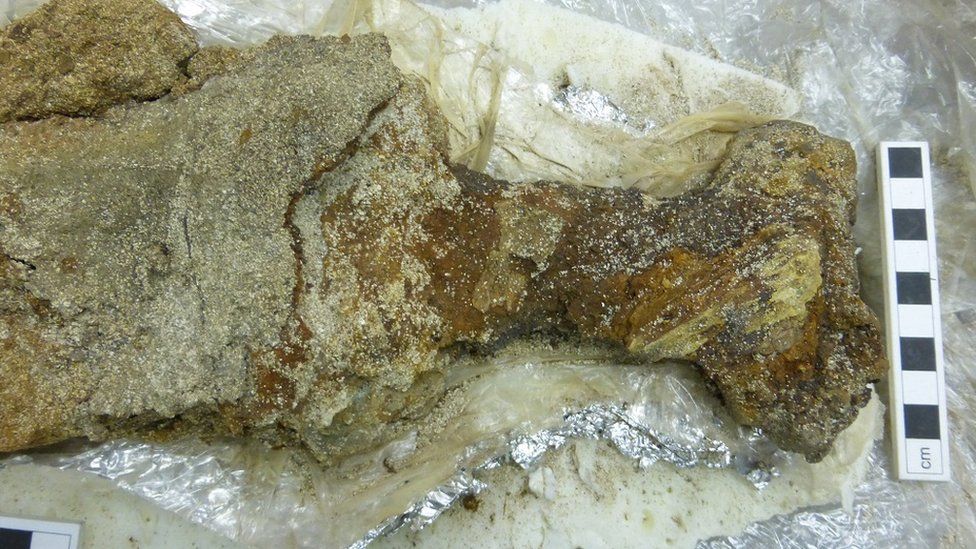
A Viking sword found at a burial site in Orkney is a rare, exciting and complex artefact, say archaeologists.
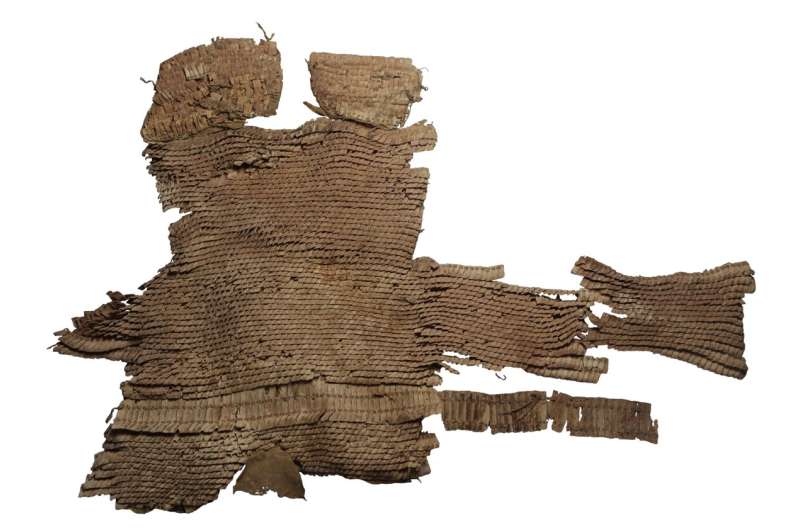
Researchers at the University of Zurich have investigated a unique leather scale armor found in the tomb of a horse rider in Northwest China.

A new study published in the Journal of Humanistic Psychology sheds light on the mechanism connecting psychedelic use to improved mental health. The study found evidence of a pathway whereby the use of psychedelics increases spirituality, and in turn, leads to better emotion regulation.
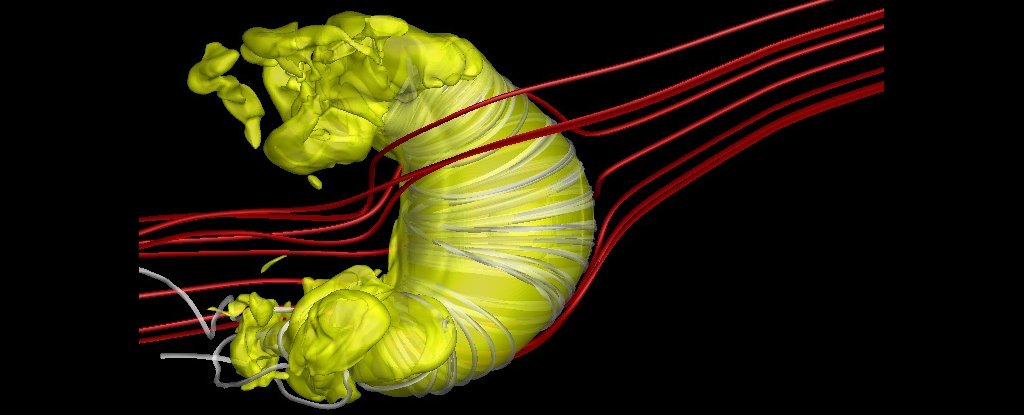
The Solar System exists in a bubble. Wind and radiation from the Sun stream outwards, pushing out into interstellar space. This creates a boundary of solar influence, within which the objects in the Solar System are sheltered from powerful cosmic radiation.
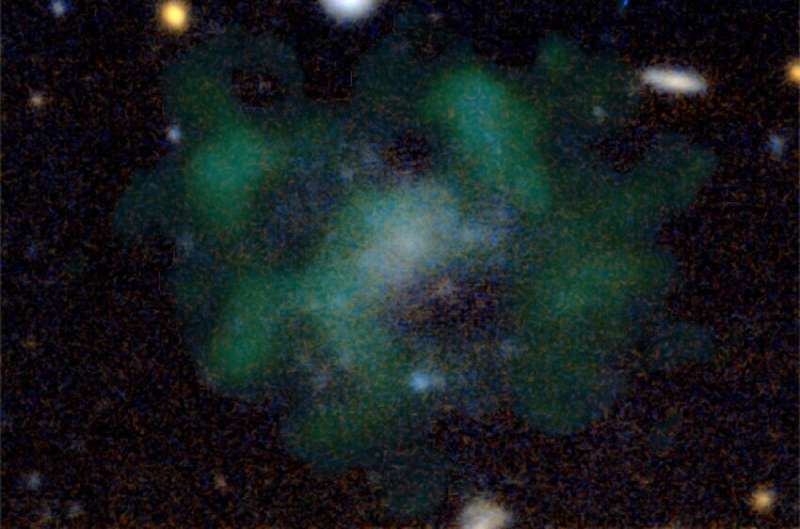
An international team of astronomers led by researchers from the Netherlands has found no trace of dark matter in the galaxy AGC 114905, despite taking detailed measurements over a course of fourty hours with state-of-the-art telescopes. They will present their findings in Monthly Notices of the Royal Astronomical Society.
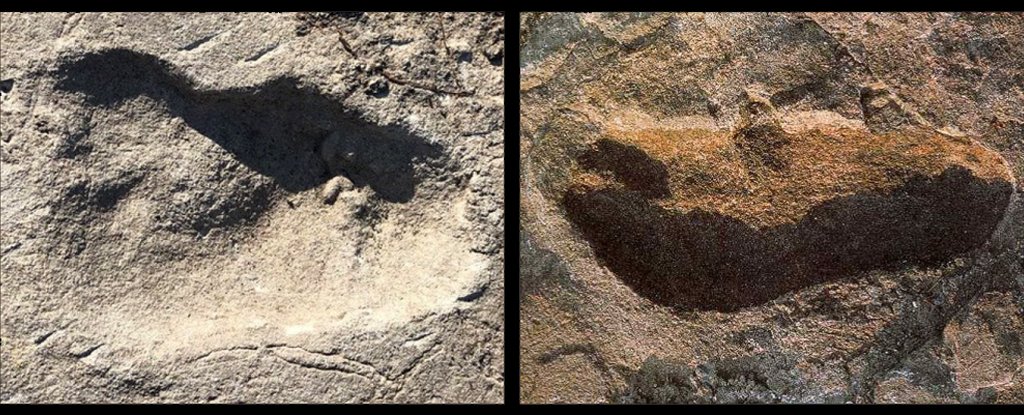
A staggering 3.7 million years ago, an unknown species walked on two legs across a blanket of volcanic ash in what’s now northern Tanzania. These steps, immortalized by the volcanic ash gradually turning into rock, were unearthed back in 1978 and mistakenly dismissed as being bear-like. But not everyone agreed.

If we want to tackle the climate crisis, we need to address a global blindspot: the vast underground fungal networks that sequester carbon and sustain much of life on Earth.

Scientists say they have made a major step forward in efforts to store information as molecules of DNA, which are more compact and long-lasting than other options.
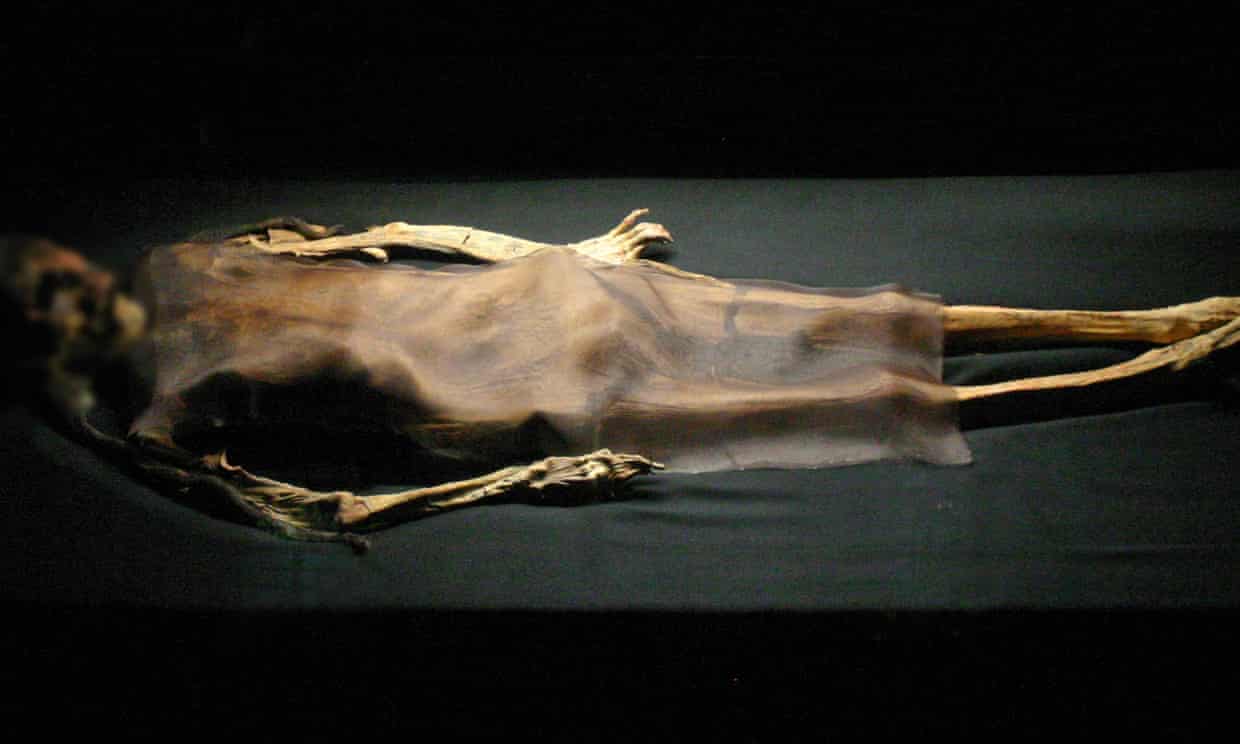
Remains found inside an underground structure were tied up by ropes and with the hands covering the face.
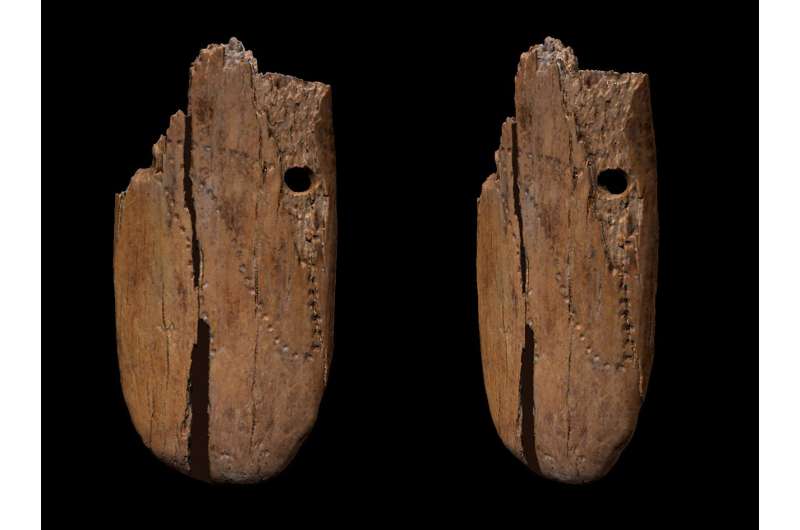
A new multidisciplinary study by an international team reports the discovery of an ivory pendant decorated with a pattern of at least 50 punctures, creating an irregular looping curve. The direct radiocarbon date of the ornament yields an age of 41,500 years.
In 2015, mining excavations in Malapa, South Africa, revealed fossil vertebrae trapped in cement-like rock called breccia. Analysis revealed the vertebrae to be two million years old, from the lower back of a female Australopithecus sediba, a relative of modern humans first discovered at the same site in 2008.
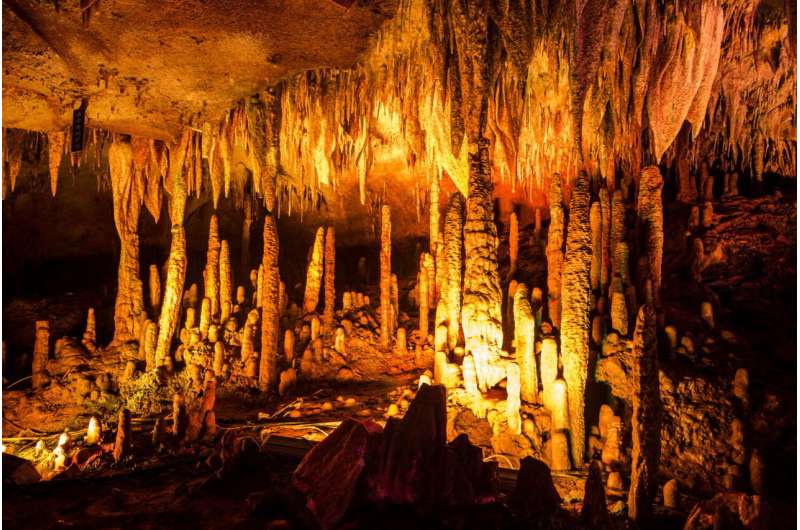
Referred to as China’s Venice of the Stone Age, the Liangzhu excavation site in eastern China is considered one of the most significant testimonies of early Chinese advanced civilisation. More than 5000 years ago, the city already had an elaborate water management system. Until now, the cause of the sudden collapse has been a subject of debate.

When a series of deep pits were discovered near the world heritage site of Stonehenge last year, archaeologists excitedly described it as the largest prehistoric structure ever found in Britain – only for some colleagues to dismiss the pits as mere natural features.








